Interference of Light Examples
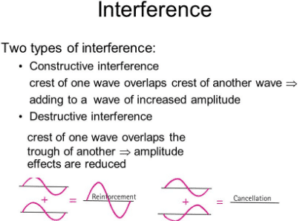 Interference of light is defined as: “When two or more light waves having the same frequency, same wavelength and same amplitude meet together in a medium at a point, they cancel or enhance the effect of each other at that point. This phenomenon is called interference of light waves.”There are two types of interference of light:
Interference of light is defined as: “When two or more light waves having the same frequency, same wavelength and same amplitude meet together in a medium at a point, they cancel or enhance the effect of each other at that point. This phenomenon is called interference of light waves.”There are two types of interference of light:
- Constructive interference
- Destructive interference
What is Constructive interference?
When two light waves superpose with each other in such a way that the crest of one wave falls on the crest of the second wave, and the trough of one wave falls on the trough of the second wave, then the resultant wave has larger amplitude and intensity. Such type of interference is called constructive interference. Some of its effects are:
- In constructive interference, two waves of light reinforce each other.
- In constructive interference, a bright fringe is obtained on the screen.
What is Destructive Interference?
In destructive interference When two light waves superpose with each other in such a way that the crest of one wave coincides with the trough of the second wave, then the amplitude and intensity of the resultant wave become zero.
Some of its effects are:
- two waves cancel the effects of each other.
- Due to a dark fringe is obtained on the screen.
Conditions for interference
In order to observe the interference of light waves, the following conditions must be met.
- The two light sources must be coherent, that is, they must maintain a constant phase with respect to each other.
- The two light sources should be monochromatic, that is, of a single wavelength.
- The principle of superposition must apply.
Now!
Watch video about interference.
Young’s Double-slit experiment
The interference of light can be described by Young’s double-slit experiment. Young’s experiment provided the first conclusive proof of the wave nature of light.
Consider plane waves incident on two slits separated by distance d as shown in the figure. The light waves from these two slits combine at a point P on the screen which is at a distance D from the two slits.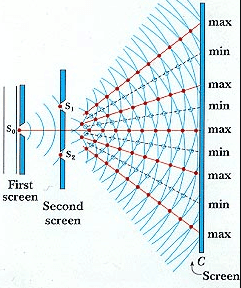
Superposition of these waves produces a series of bright and dark fringes that are observed on the screen. If the waves arrive at the screen in such a way that at some points crests fall on crests and troughs fall on troughs then a bright fringe is seen on the screen due to constructive interference.
There are some points on the screen where crests meet troughs then a dark fringe is seen on the screen. The bright fringe is called maxima and a dark fringe is called minima.
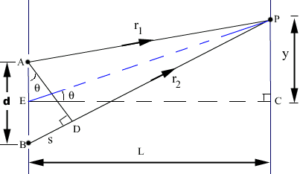
Young’s experiment equation:
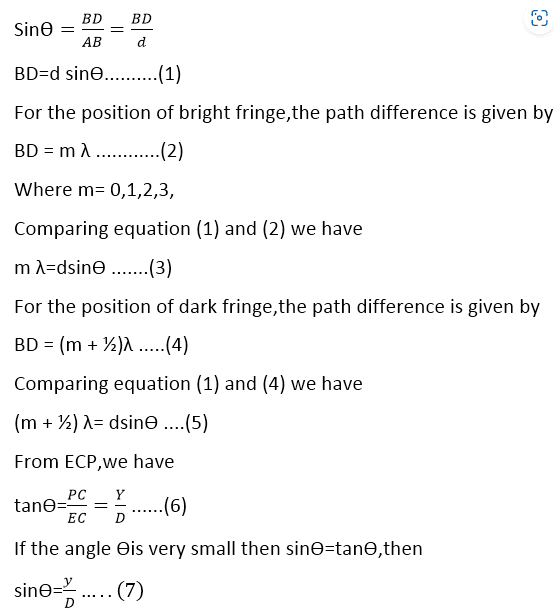

Watch also video about young double slit experiment:
Related topics in our websites are given below in the list:
- Reflection of light examples
- Refraction of light examples
- Diffraction of light examples
- polarization of light
- Newton’s Rings
External sources
- https://en.wikipedia.org/wiki/Interference_(wave_propagation)
- http://www.citycollegiate.com/interference1.htm
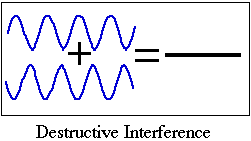
Fabulous, what a website it is! Thiss website gives valuable daga to us,
keep it up.
Thanks for finally talking about > Types of Intereference of Light
with Examples < Liked it!